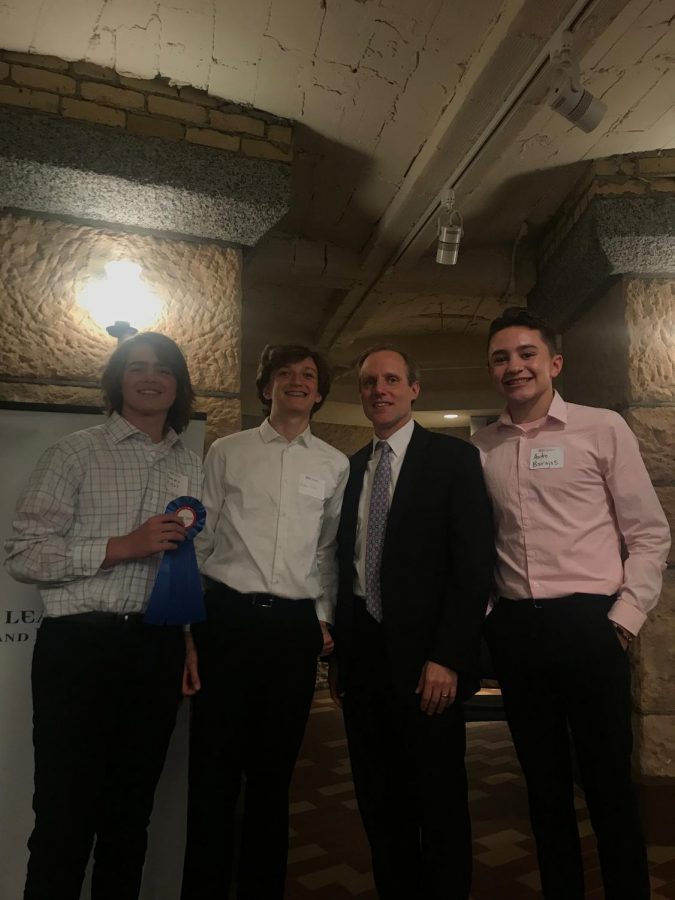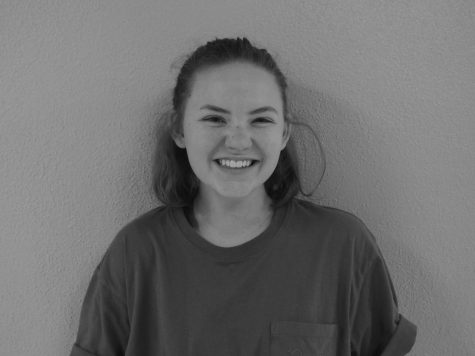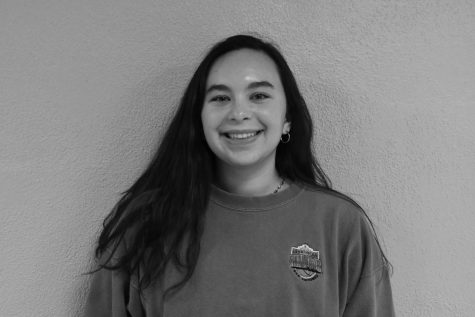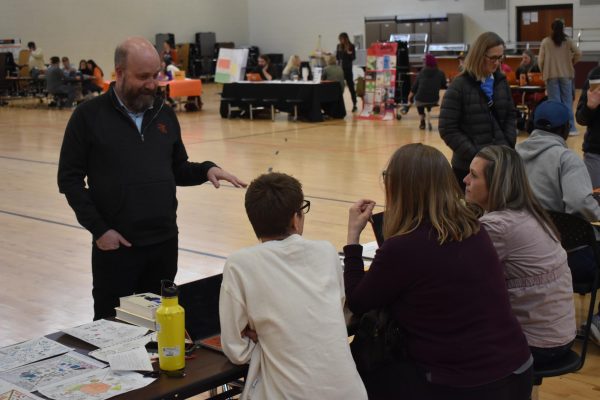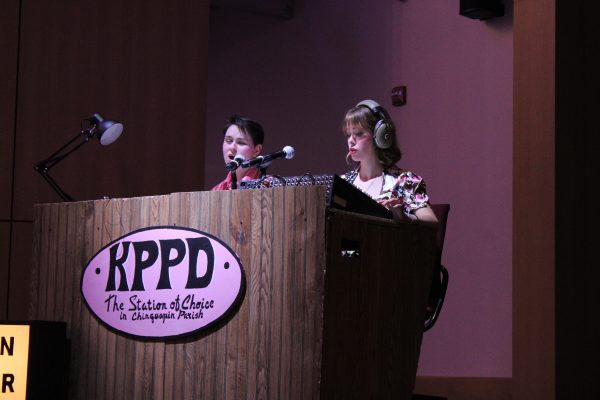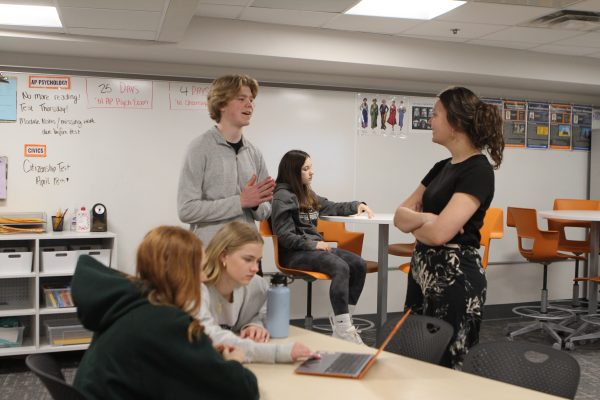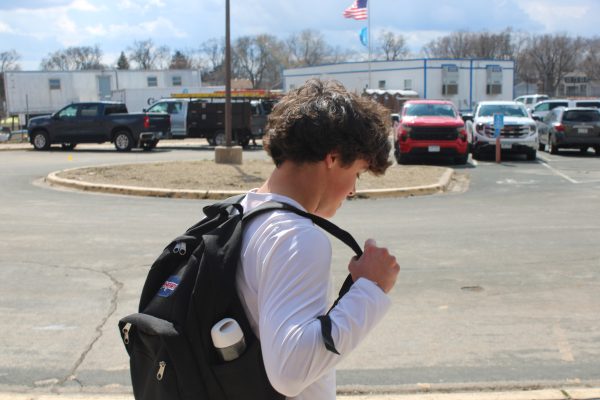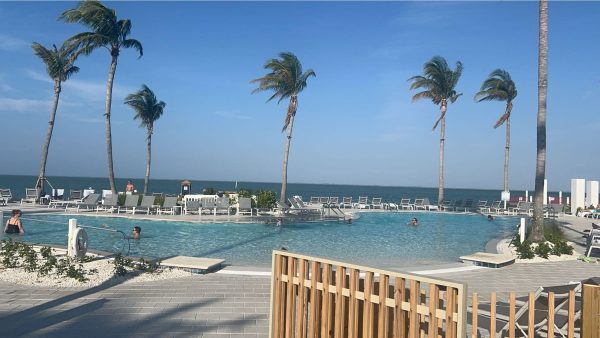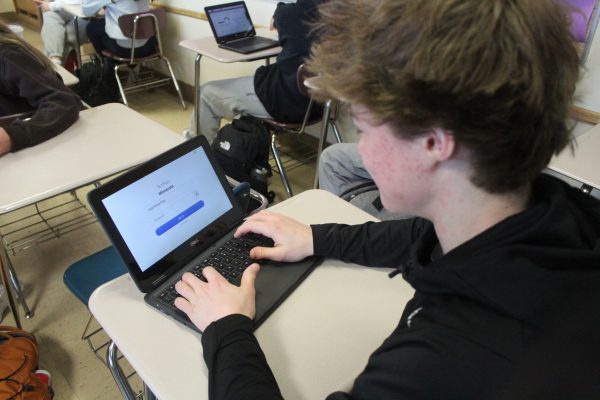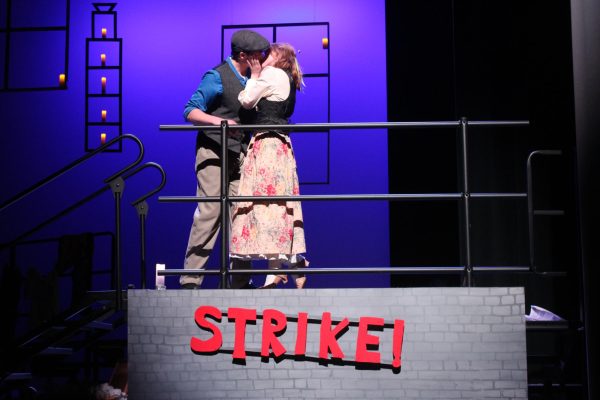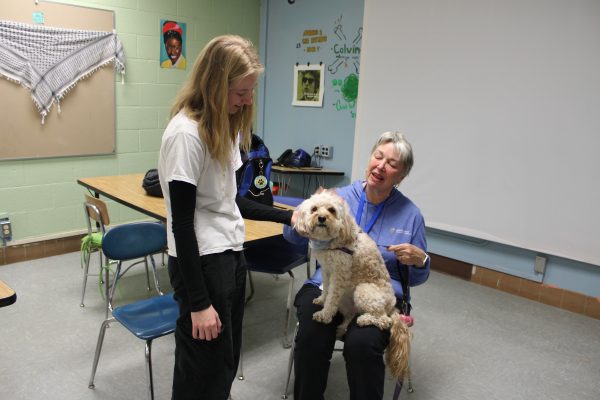Civics students create solutions for community issues
Freshmen invited to present at state capitol
Used with written permission from Andre Barajas
Freshmen Tommy Tight, Adam Gips and Andre Barajas pose with Minnesota Secretary of State Steve Simon. Freshman civics students were selected to present their Project Citizen poster boards at the state capitol May 15.
May 22, 2019
After presenting a poster board at the state capitol concerning equally funding high school sports, freshman Georgia Charpentier said she thought giving the presentation was exciting and personally beneficial.
“It was really good to be able to present in front of people who we don’t know and people who are of a lot of importance because it really helps our confidence and helps us practice for future presentations like that,” Charpentier said.
According to ninth grade civics teacher Jillian Merkle, Project Citizen is a nationwide competition participated in by students all over the country. She said the assignment consisted of creating a four-panel poster board.
“They picked one issue in their community so whether that’s school, St. Louis Park or within Minnesota, and they talked about what are some of the problems going on with it, why is there a problem, what are some of the solutions,” Merkle said.
It’s completely student driven as far as what they are deciding to look at, what they are deciding to do, their solutions. — Jillian Merkle
Freshman Sophia Romero, who presented alongside Charpentier, said they were assigned to create a presentation around an issue within the community.
“My project was equally funding high school sports and our slogan was ‘EF that,’” Romero said. “Our problem is that we have a lot of bias in our school because of certain authority figures that take precedent of certain sports over others and they like to fund and promote some sports over other ones.”
Merkle said she and colleague Kara Cisco decided to try Project Citizen as a more personal approach to teaching policy-making for the first time this year.
“It’s completely student driven as far as what they are deciding to look at, what they are deciding to do, their solutions,” Merkle said. “They really could go out and implement it if they wanted to.”
Charpentier said she felt the Project Citizen event felt very professional, and some state capitol representatives listened to the presentations.
“I was pretty intimidated at first but once we actually started our presentation they were actually super nice,” Charpentier said.
Romero said she hopes her project could eventually lead to tangible change within the community, and eventually expand even more.
“If you equally fund high school sports then you’ll start to equally fund college sports and professional leagues and you have to start somewhere,” Romero said. “You have to take small steps to get there.”
Merkle said she hopes to expand the participation in Project Citizen in coming years.
“I think it was a huge success. I’m absolutely planning on it with teaching ninth grade and I think we’re going to spread it out to other ninth grade teachers as well,” Merkle said.



